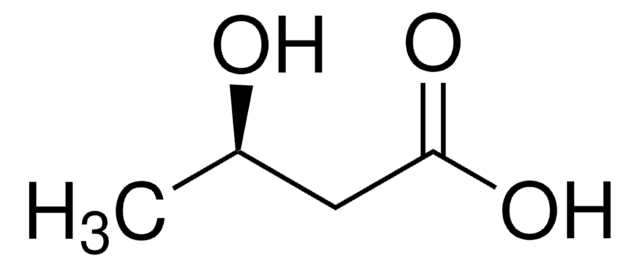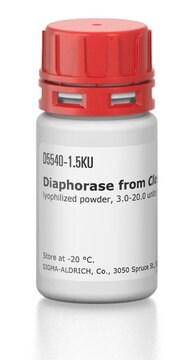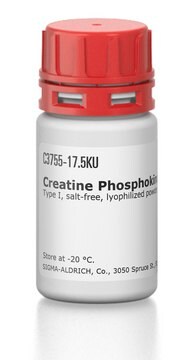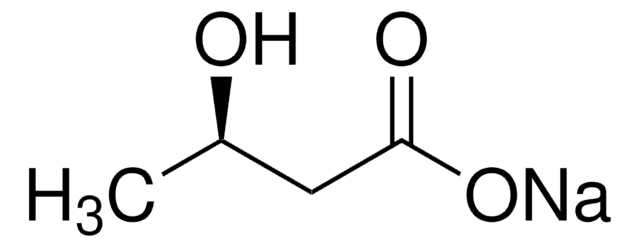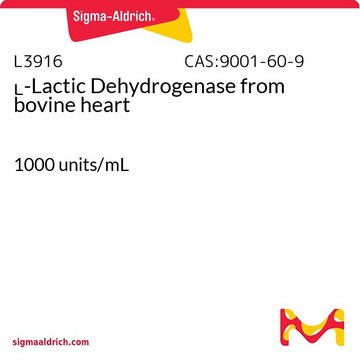3HBDB-RO
Roche
3-Hydroxybutyrate Dehydrogenase (3-HBDH)
suspension, ~3 units/mg protein (At 25 °C with 3-hydroxybutyrate as the substrate; standardized with BSA.), grade II
Synonym(s):
3-Hydroxybutyrate Dehydrogenase (3-HBDH), 3-HBDH
About This Item
Recommended Products
Quality Level
form
suspension
specific activity
~3 units/mg protein (At 25 °C with 3-hydroxybutyrate as the substrate; standardized with BSA.)
packaging
vial of 2 mL (10127833001)
vial of 5 mL (10127841001)
manufacturer/tradename
Roche
concentration
5 mg/mL
impurities
<0.1% LDH
<5% MDH
optimum pH
6.2-6.9(for reduction)
7-9(for oxidation)
shipped in
wet ice
storage temp.
2-8°C
General description
Application
Biochem/physiol Actions
Quality
Physical form
Preparation Note
Other Notes
Storage Class Code
12 - Non Combustible Liquids
WGK
WGK 1
Flash Point(F)
No data available
Flash Point(C)
No data available
Certificates of Analysis (COA)
Search for Certificates of Analysis (COA) by entering the products Lot/Batch Number. Lot and Batch Numbers can be found on a product’s label following the words ‘Lot’ or ‘Batch’.
Already Own This Product?
Find documentation for the products that you have recently purchased in the Document Library.
Customers Also Viewed
Our team of scientists has experience in all areas of research including Life Science, Material Science, Chemical Synthesis, Chromatography, Analytical and many others.
Contact Technical Service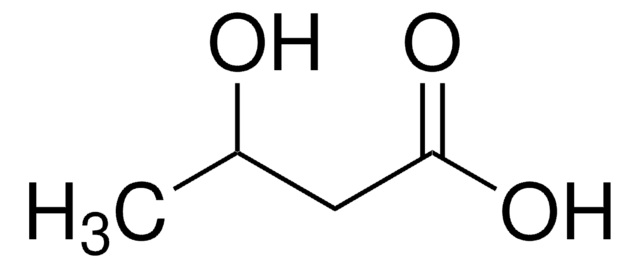
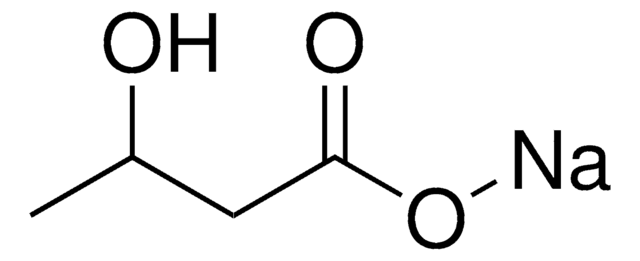
![Poly[(R)-3-hydroxybutyric acid] natural origin](/deepweb/assets/sigmaaldrich/product/structures/129/476/7d1c924b-f644-4889-a2d6-d7a923ce382c/640/7d1c924b-f644-4889-a2d6-d7a923ce382c.png)
